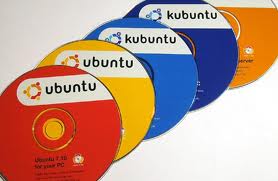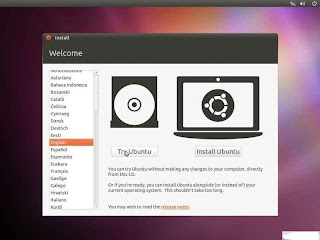Posted by : Ldonjibon
Thursday, August 8
 I once had a problem of hard
drive failure my system could not boot up. it just stop at the early booting
stage with a black screen not even a blue one. After seeing this, and since my
system was still under warranty I had to take it back to where I got it hoping
they would replace it very easily but guess what I waited for a month and a
half before I could get my hard drive replaced. But lost all the files in it.
I once had a problem of hard
drive failure my system could not boot up. it just stop at the early booting
stage with a black screen not even a blue one. After seeing this, and since my
system was still under warranty I had to take it back to where I got it hoping
they would replace it very easily but guess what I waited for a month and a
half before I could get my hard drive replaced. But lost all the files in it.
Do you know why that happened?
I got to Dell office hoping to get my files recovered to the new hard
drive, but that was not the case I was told to go and do that myself and belief me you I could not do it coz I was
too “rich” then and could not pay the amount demanded to recover my files I had no choice than to let it go. Anytime I remember how it all
happened I will just put my head down in regrets.
Assuming I had this experience
then I would have just borrowed a hard disk recover my files myself onto it and
right now I wouldn’t have known that anything has even happened in the past.
To avoid my own pathetic story…..
Hey!! Don’t pity me just follow the tutorial so that you won’t fall victim like
I did who knows you might find yourself in my shows.
Live CD is a CD with an Operating
system on completely independent on the hard drive for it to work. Because of its
independence you should out “the reason why it can be used for recovery purpose
when the install Operating system stops working or computer refuses to boot.
Live CD is just like a bootable CD, Bootable USB and other storage device that
can boot up a computer without involving the hard drive.
You might also be wondering how
does Ubuntu comes in. Ubuntu is just an operating system just like any other
since we have windows OS, Apple OS (Mac OS), there is also Ubuntu from Linux.
STEPS INVOLVED IN RECOVERING/RESCUING ETC. YOUR FILES
1. Download
Ubuntu at http://www.ubuntu.com/desktop/get-ubuntu/download
here you would select whether your computer is 32bit(x86) or 64bit.
2. Get
a blank CD I will advise you to get a rewritable CD (CD RW). Burn the Ubuntu download
on the CD. Check how to “burn disk image”. This just like how to make a bootable disk also.
3. After
it has been burned. Insert a flash drive or external had disk and the burned Live
CD in your crashed system. If your
computer prompts you, “DO YOU WANT TO BOOT FROM A CD?” allow it then Your
computer will now begin to start Ubuntu. A screen will appear asking if you
would like to "TRY UBUNTU" or “INSTALL IT”. Click "Try
Ubuntu".

4. Wait
for Ubuntu to load. From the bar at the
top of the screen click "Places". Inside the drop down menu that
appears click "Computer". A window will open with a list of your hard
drives and other storage devices (flash drives, backup drives, CD drives etc)
Double click on your Hard Drive.
5. Having
seen your hard drive you need to navigate to where your files are stored. This
will depend on the version of Windows you have.
a.
For XP users: Double click "Documents and
Settings" (Image 1). The next folder that you need to double click will be
the same as your Windows username, in my case it was "Jake".
You should now be able to see the folders that contain the majority of your
data - "My Documents" and "Desktop".
b.
For Vista/Windows 7/8 users: Double click "Users"
You should now
be able to see the folders that contain the majority of your data -
"Documents", "Pictures", "Videos" and
"Music"
6. If
you have not already inserted a USB drive, do so now.
Click
"Places" from the bar at the top of the screen and inside the drop
down menu that appears click "Computer". This will open a new window
with all of your storage devices. Double click on your flash drive. Now you can
drag and drop your files and/or folders to your USB drive (from one window to
the other). The easiest way is to drag the entire "My Documents" (XP)
or "Documents" (Vista/7/8) to your flash drive, external drive or
likes .
If you get an error in any of the following step just re-run
again until you succeed.
By the end of
this process you probably must have recovered almost all if not all of your
files from your crashed hard drive.














